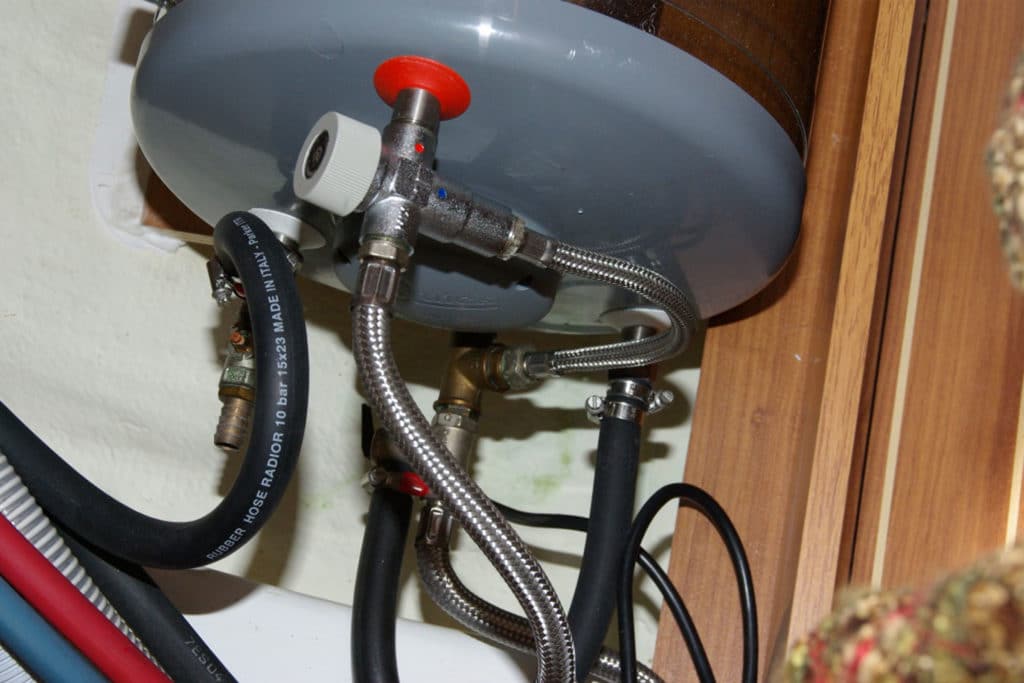I’m just back from a trip to Texas where I spent a day with some marina managers and maintenance personnel conducting a class on how to check for and minimize the possibilities for electric shock drowning, or as many have now begun calling it simply, ESD. Much has been written about ESD over the last few years and it is finally getting the attention of the general public and perhaps more importantly, conscientious marina operators. One of the points made that took a bit of explaining to the attendees at my session was how these faulty stray currents can actually enter the water from a boat that is made of fiberglass, actually a pretty good insulator of electricity.
It’s all about the grounding system on a boat that is built to ABYC standards. Both the DC and AC electrical ground circuits on board the boat are connected at one point on the boat, what we refer to in standards as “the engine negative terminal or its buss”. Now, if the boat also has a bonding system, whereby all of the underwater metal components are tied together via a green wire for the purpose of corrosion mitigation, the bonding system, which is also connected to the engine negative terminal or its buss, becomes the point at which fault currents can start leaking out of the boat into the water.
The amount of current will vary greatly depending upon the condition of the dock’s ground system but given a faulty device on board and a less than ideal ground system on the dock and more current will leak out of the boat into the water its floating in. Some of my archived articles on this topic cover the whole human risk factor here quite well. One of the pertinent questions asked by one of the maintenance folks at my session was what the common causes of ground faults on boats are.
Common Causes of Ground Faults on Boats
Electric water heaters in my experience are the number one cause I’ve found.
Number two? Old battery chargers where the internal insulation breaks down and the shore power side of the unit starts to leak over to the DC side trying to charge your batteries.
My number three most common cause is a neutral to ground bond at a point in the boat’s electrical circuitry other than a source of AC power. These are most often created by land based electricians doing what they have been trained to do in land based electrical installations. This should never be done on a boat.
Advertisement
The only AC neutral to ground (connecting the white wire to a green wire) connections on board are made at generators or inverters, and then only when they are invert mode. Additionally, if the boat is equipped with an isolation transformer, then the boat side of the transformer becomes a new source of AC power and therefore a neutral to ground link is established.
The mistake the land-based electricians will often make is to link the neutral and grounding buss bars behind the main power distribution panels on the boat. This simple error will create a situation where as each AC appliance gets turned on, more and more current from the appliances that would normally return to its source via the neutral conductor gets dumped into the boat’s grounding system.
Combine that with a bit of not-so-great dock wiring and the current enters the water via a through-hull fitting, creating a potentially lethal situation for swimmers near your boat.
The lesson here? Keep your cousin Vinny the licensed electrician away from your boat’s AC wiring until he gets some training on MARINE electricity. My shameless plug? Make sure the person working on your boat’s electrical system is ABYC certified in electricity.









